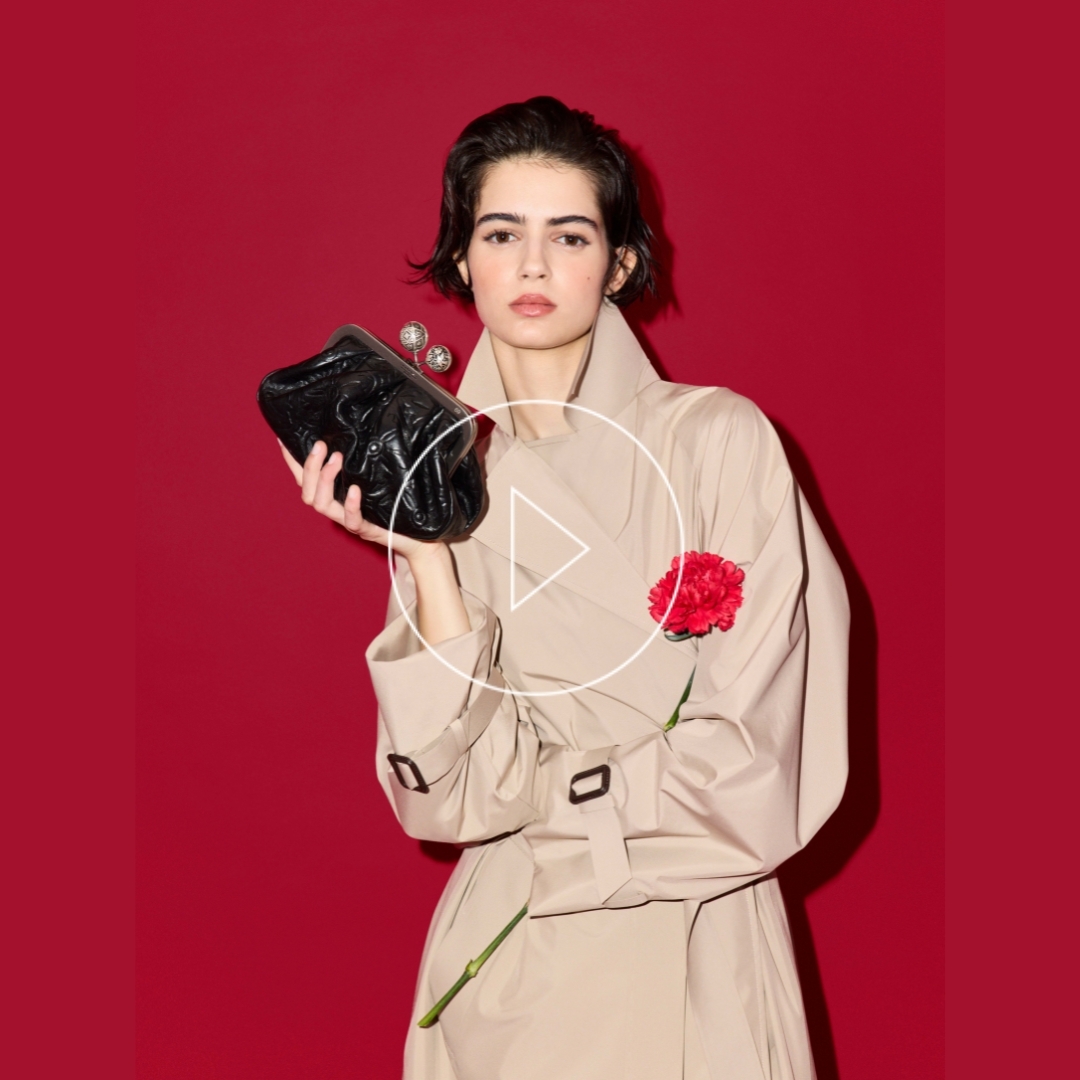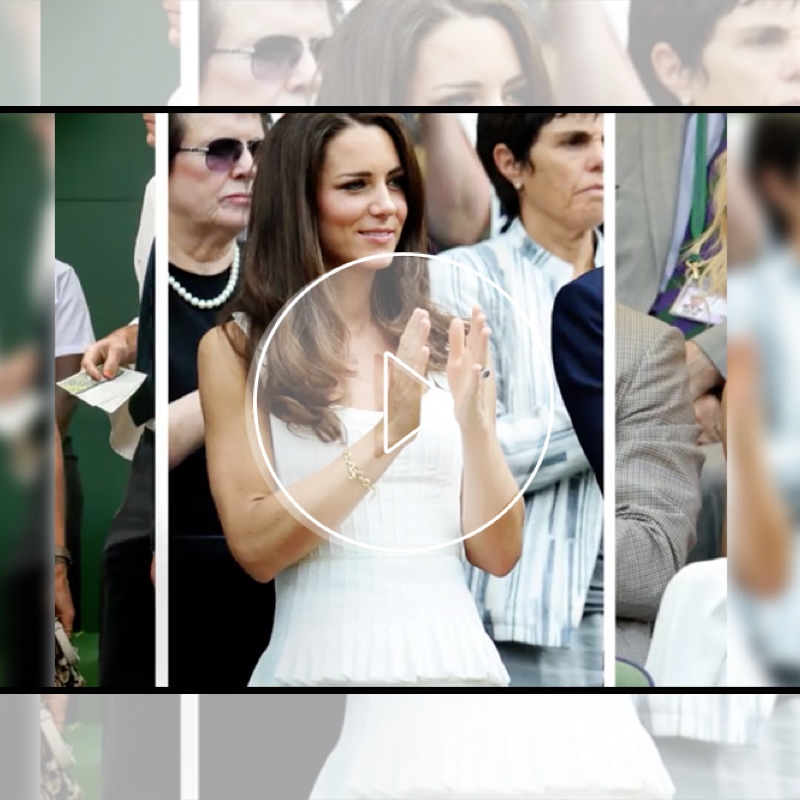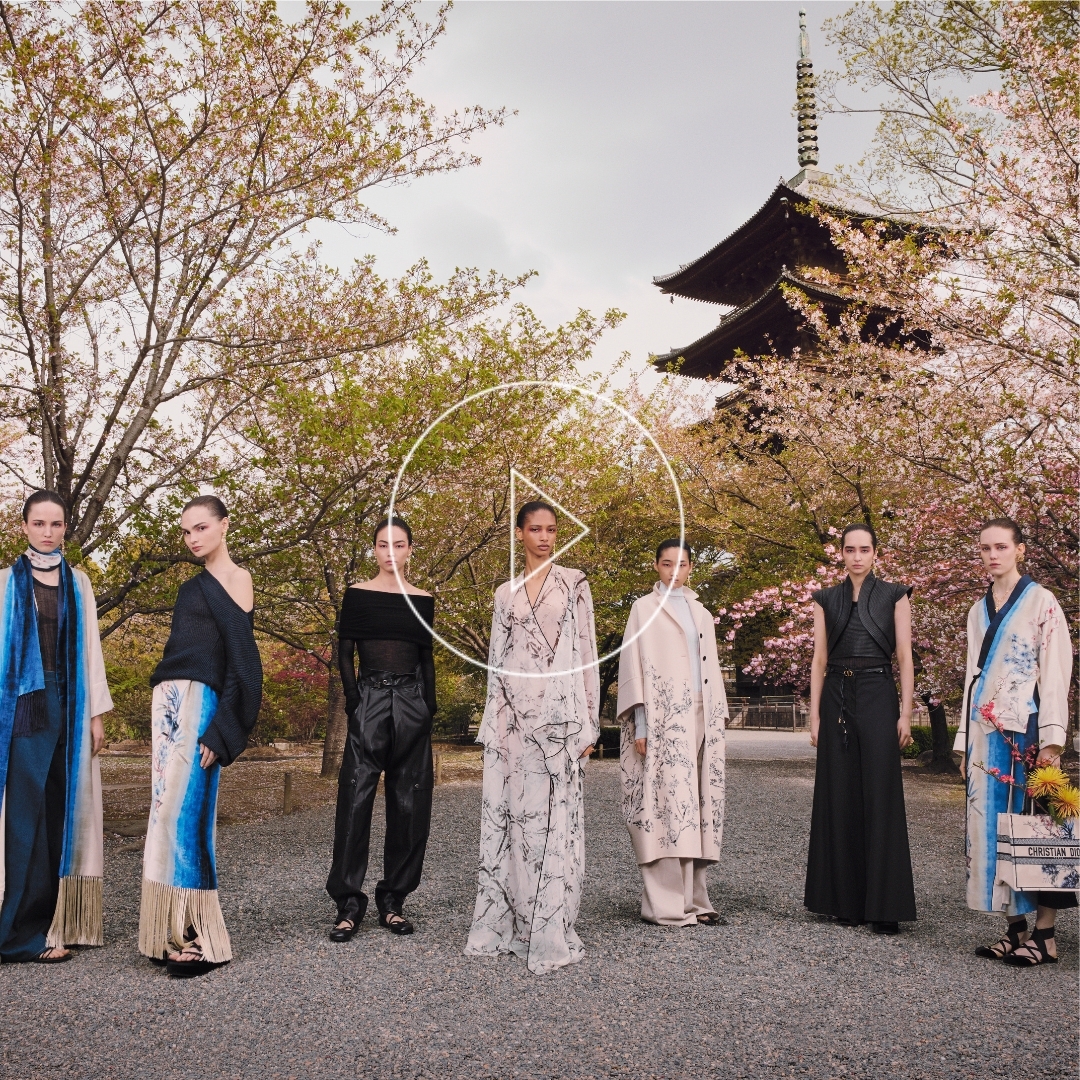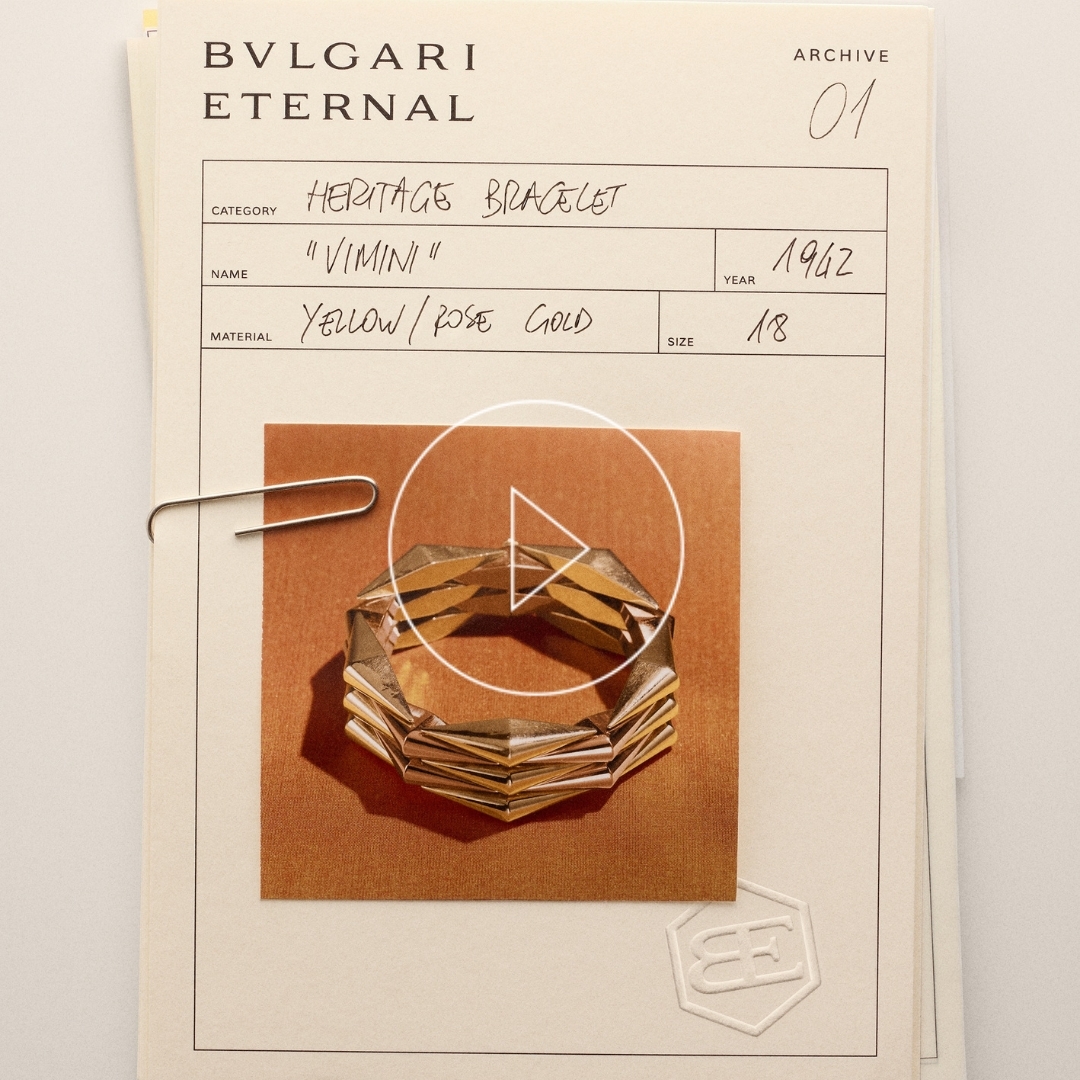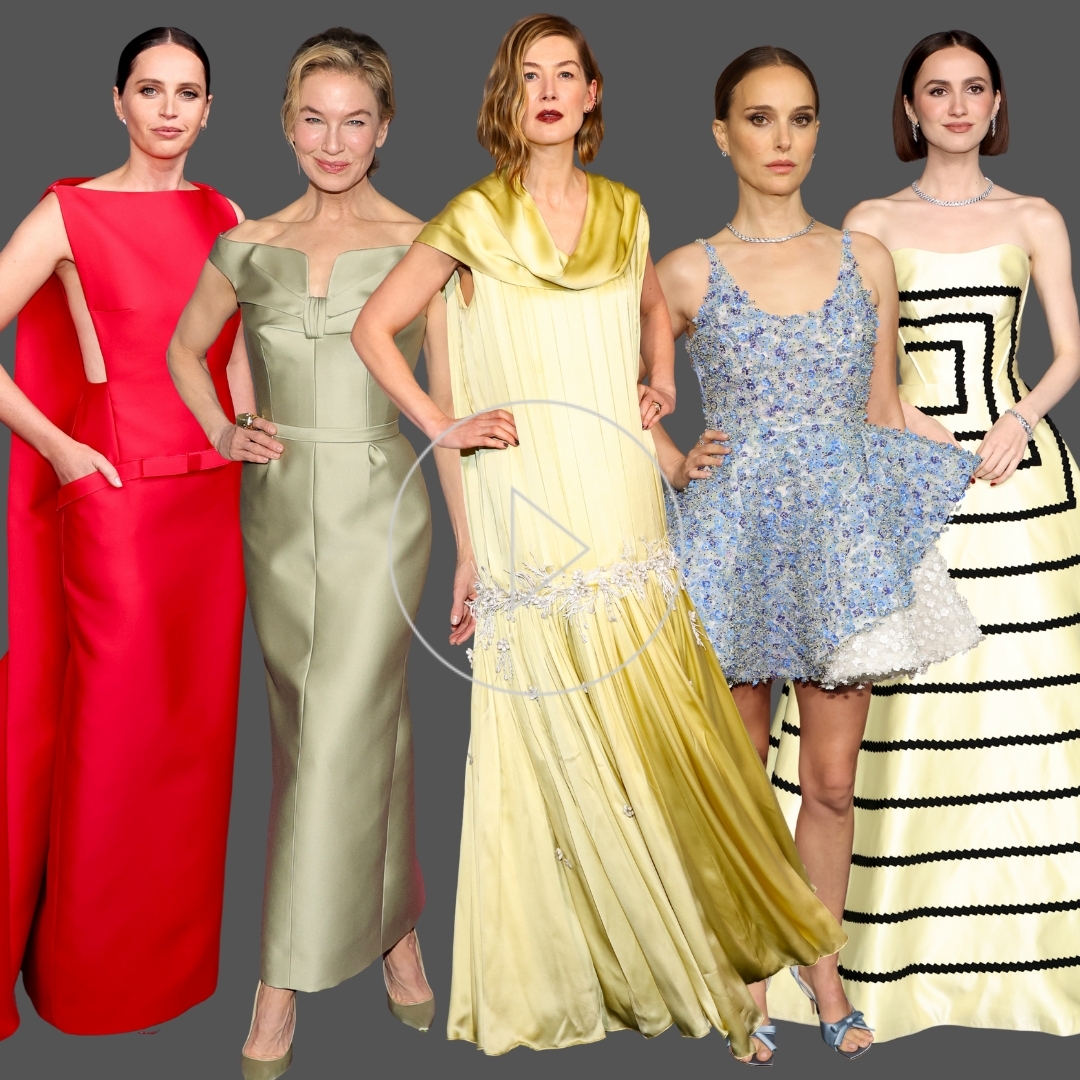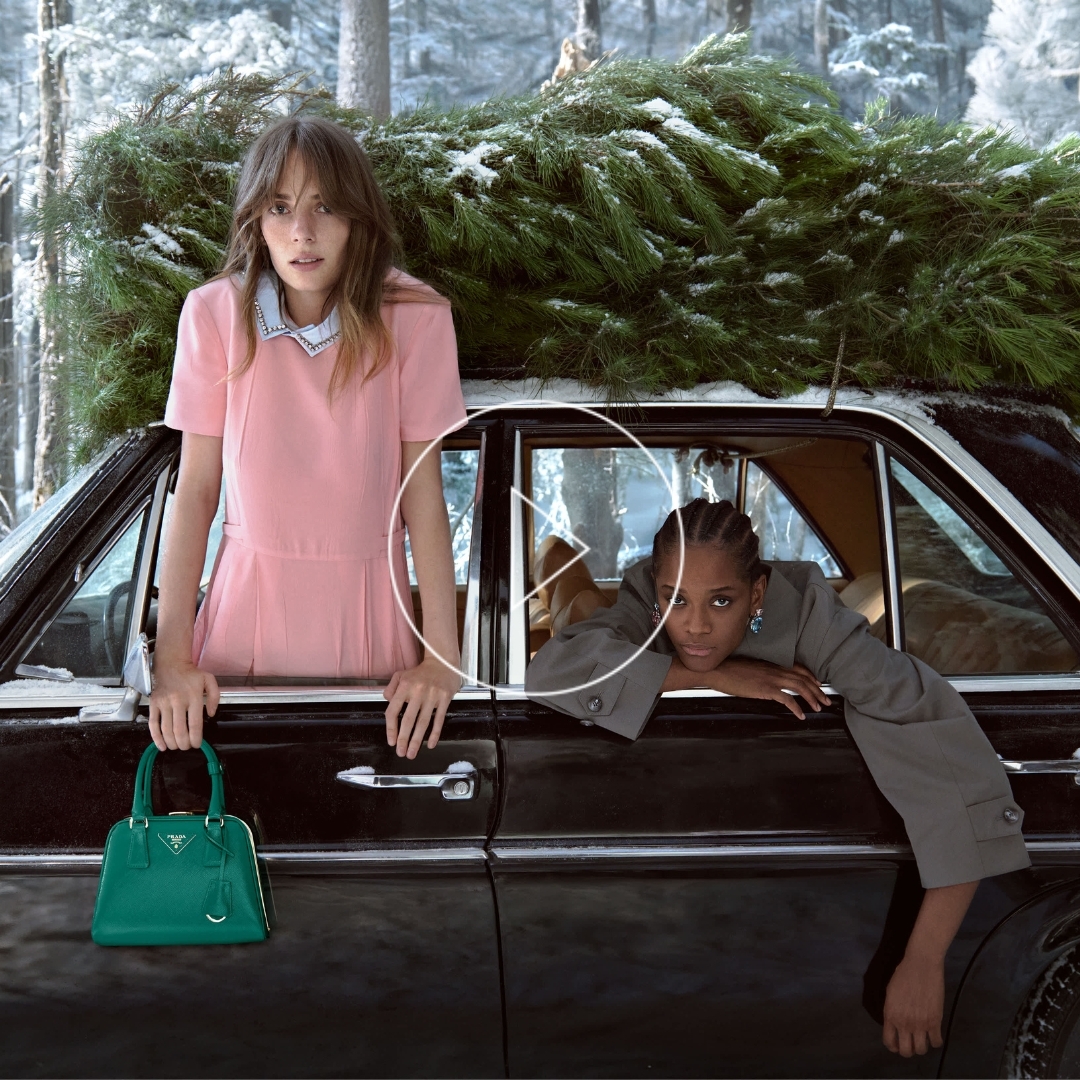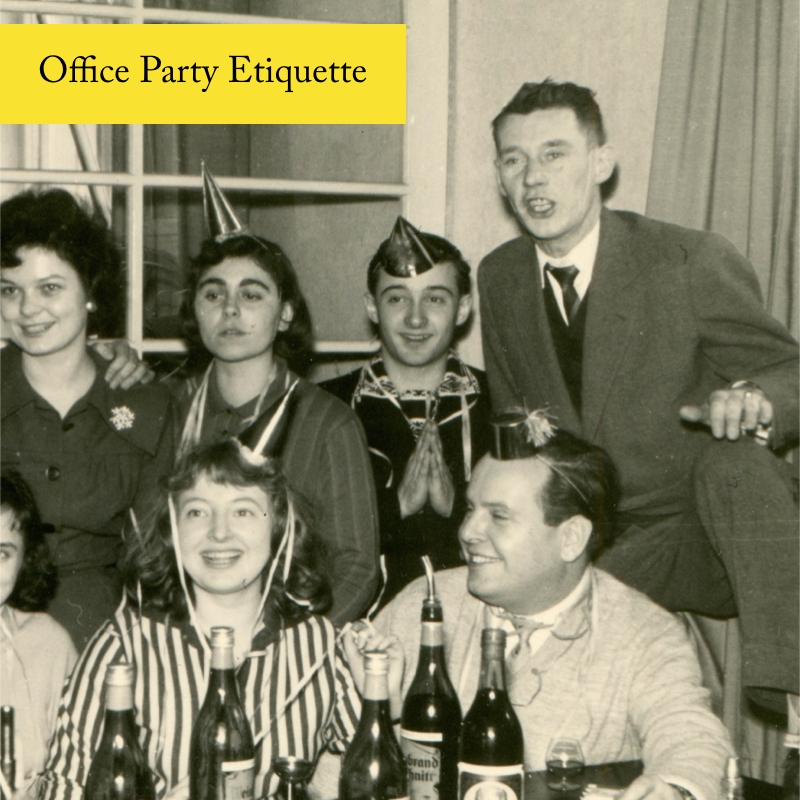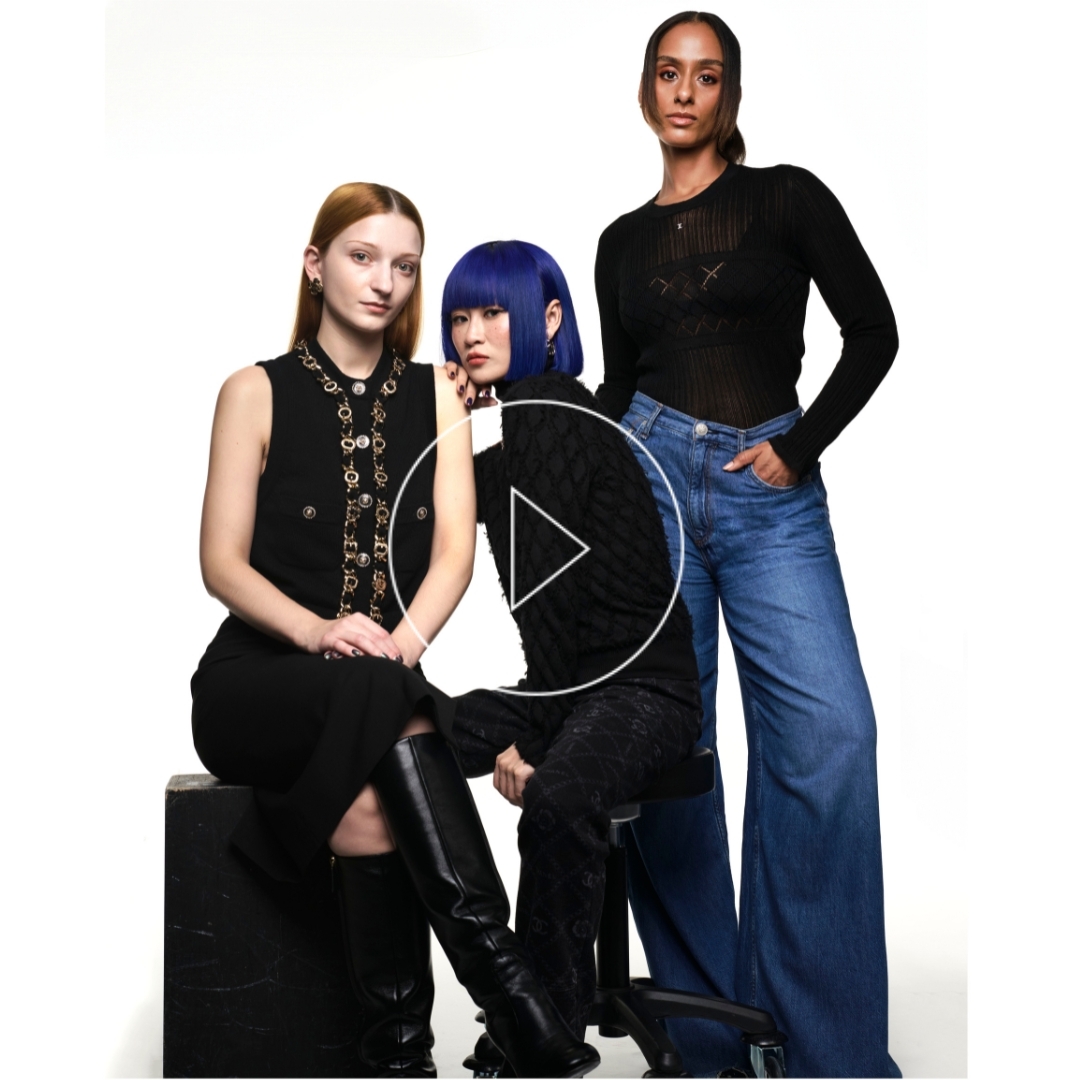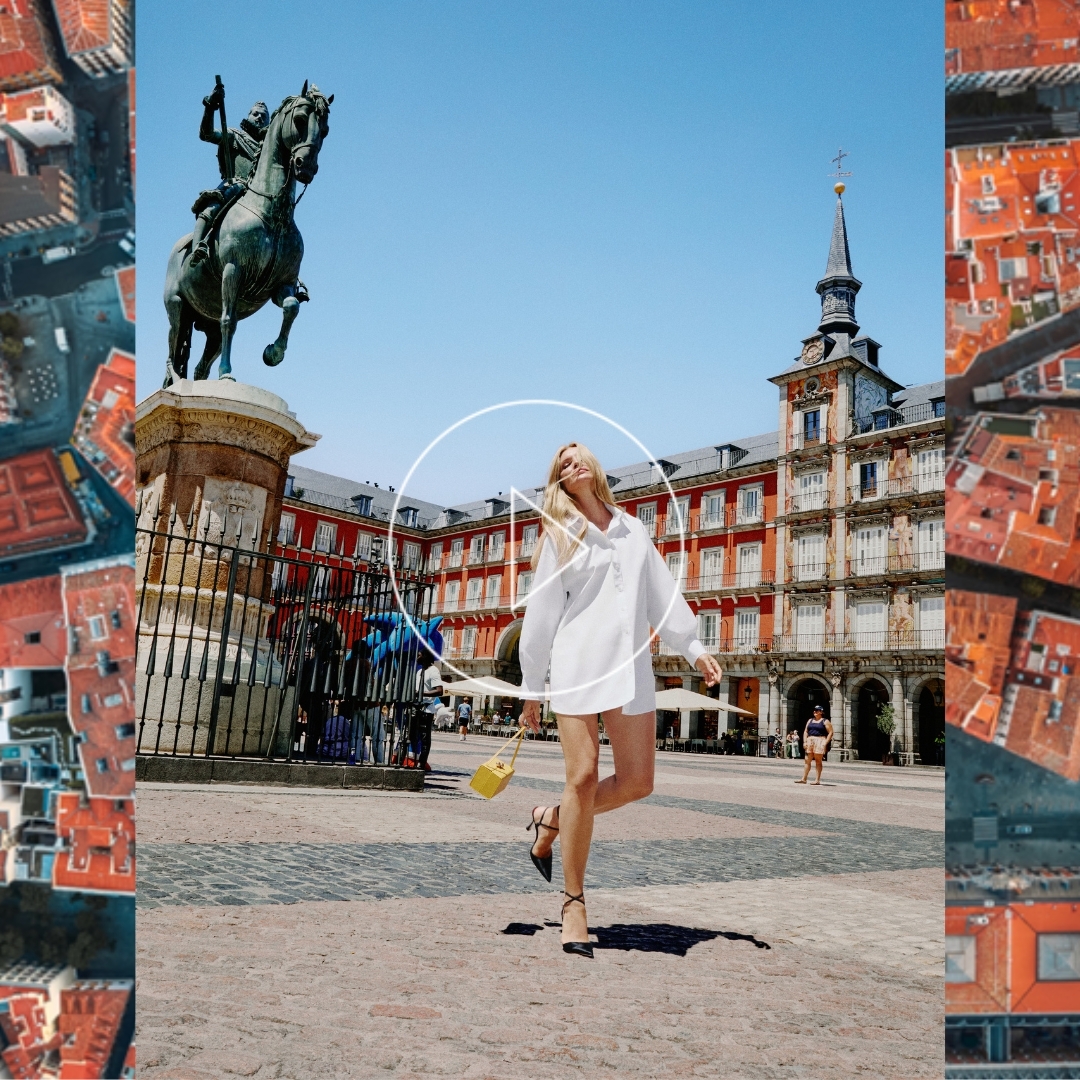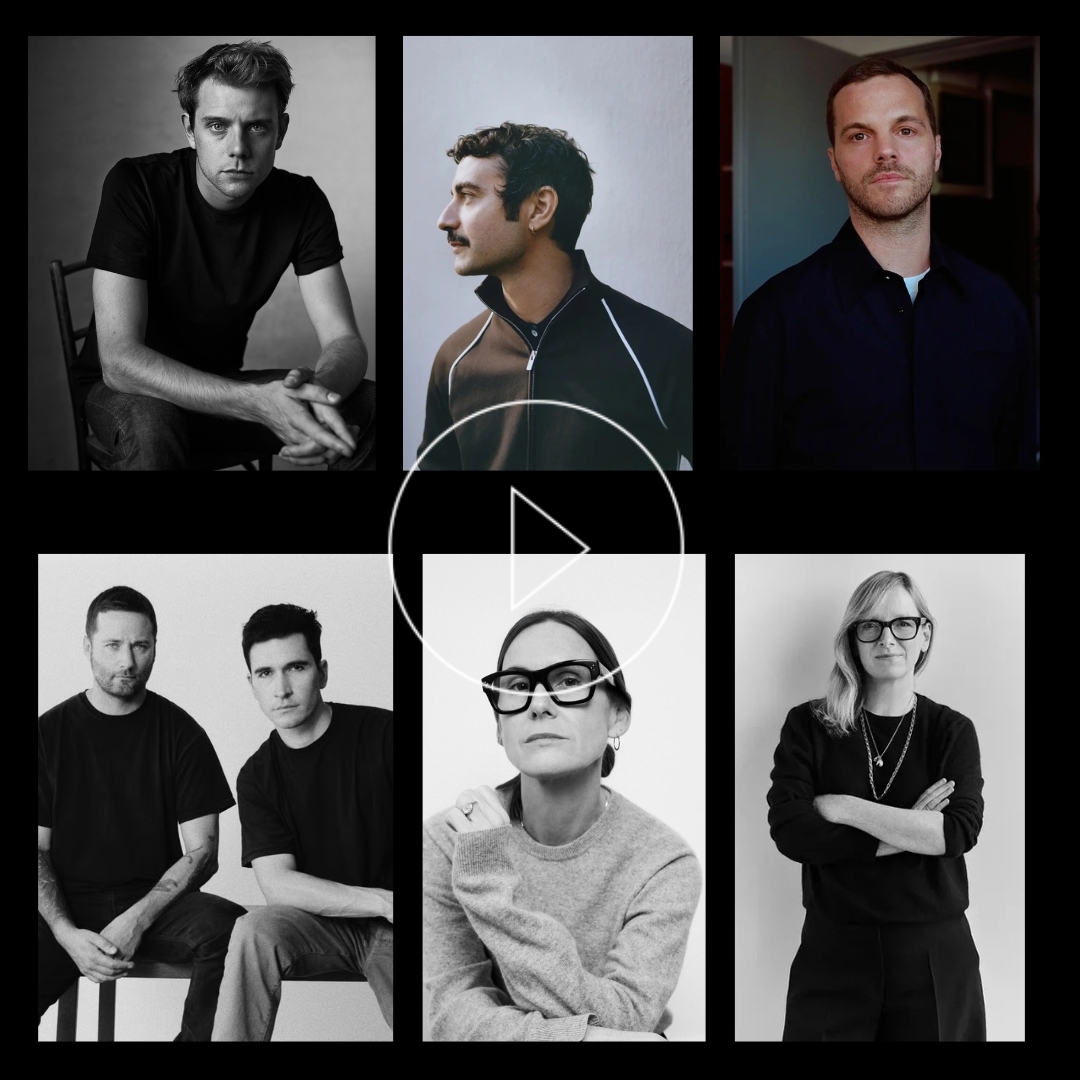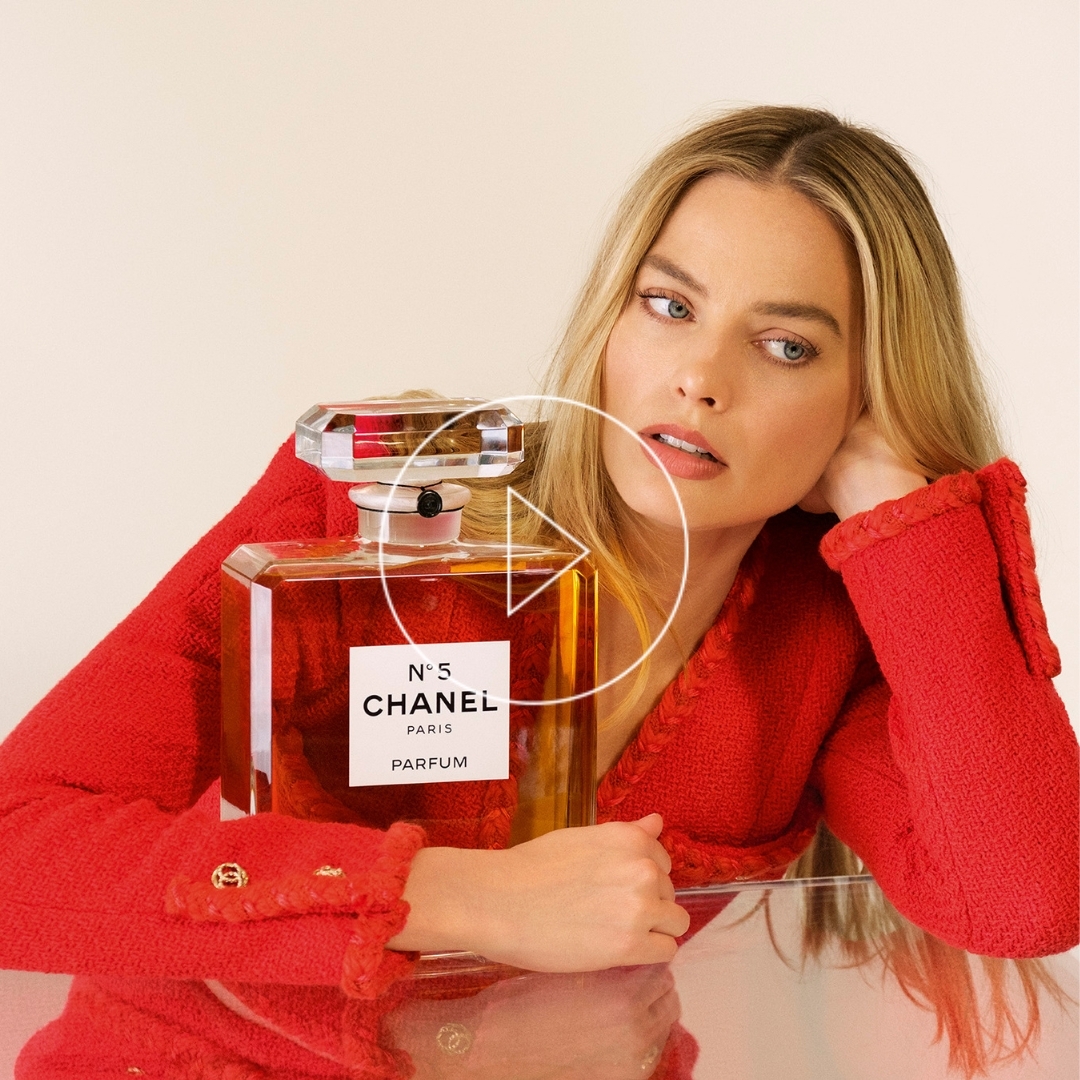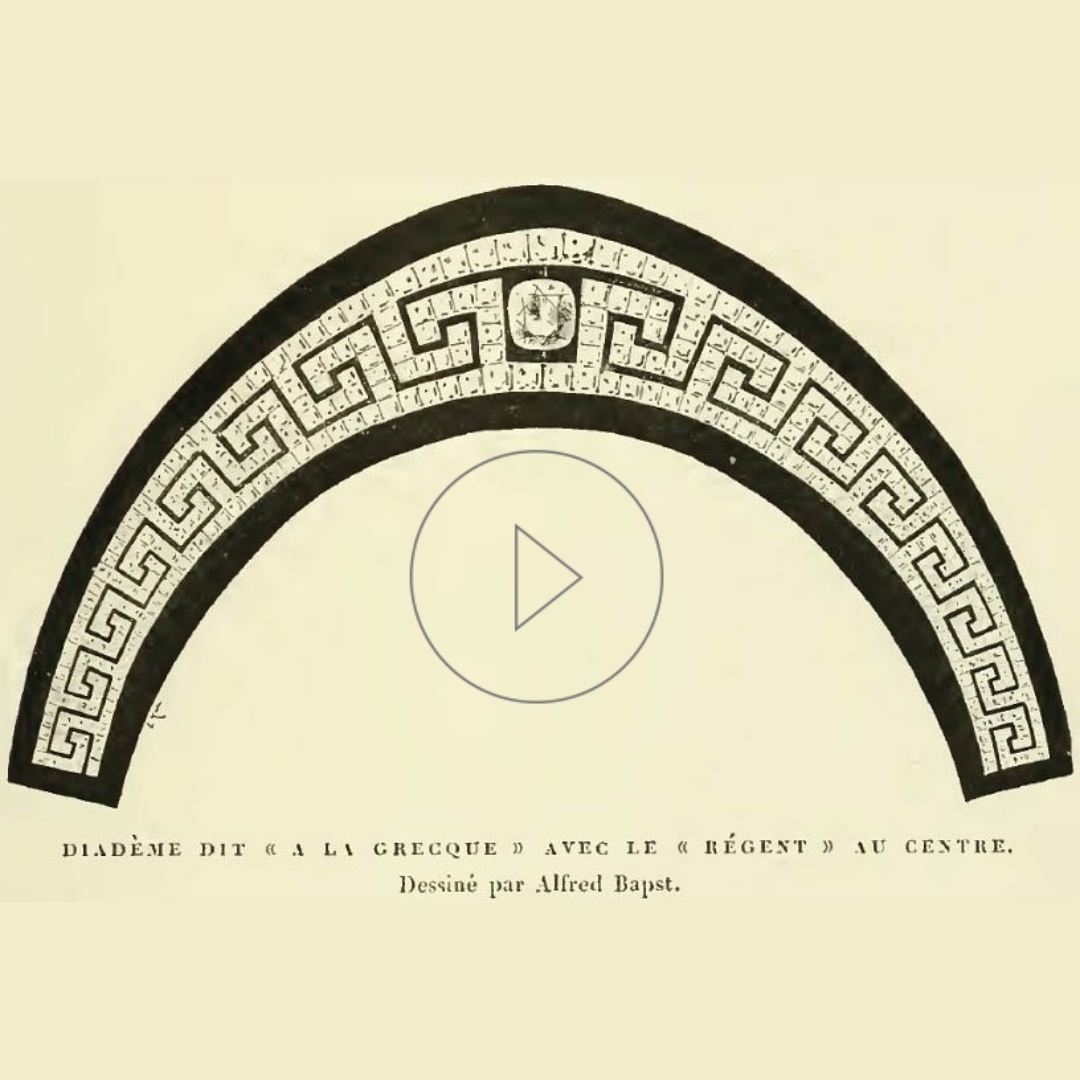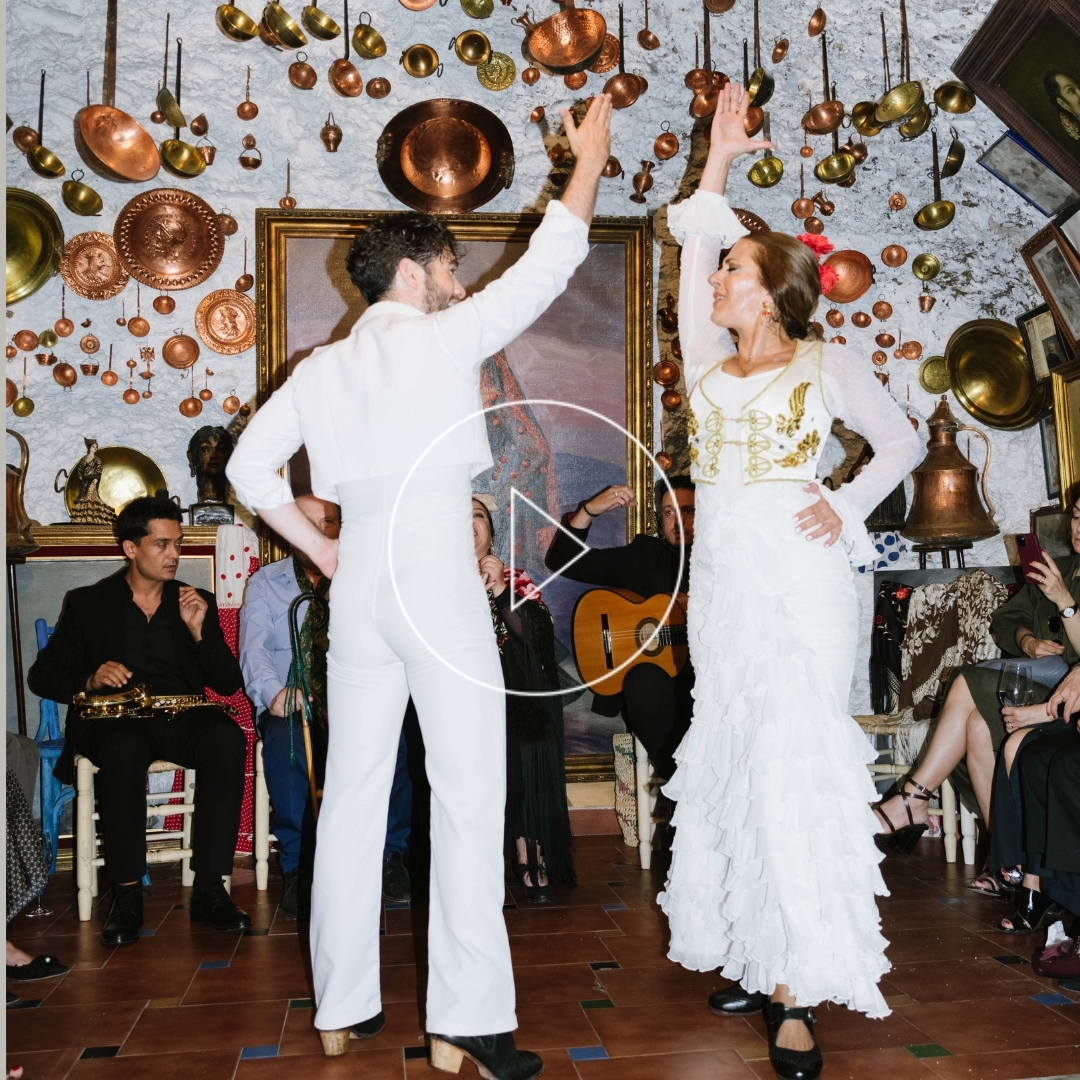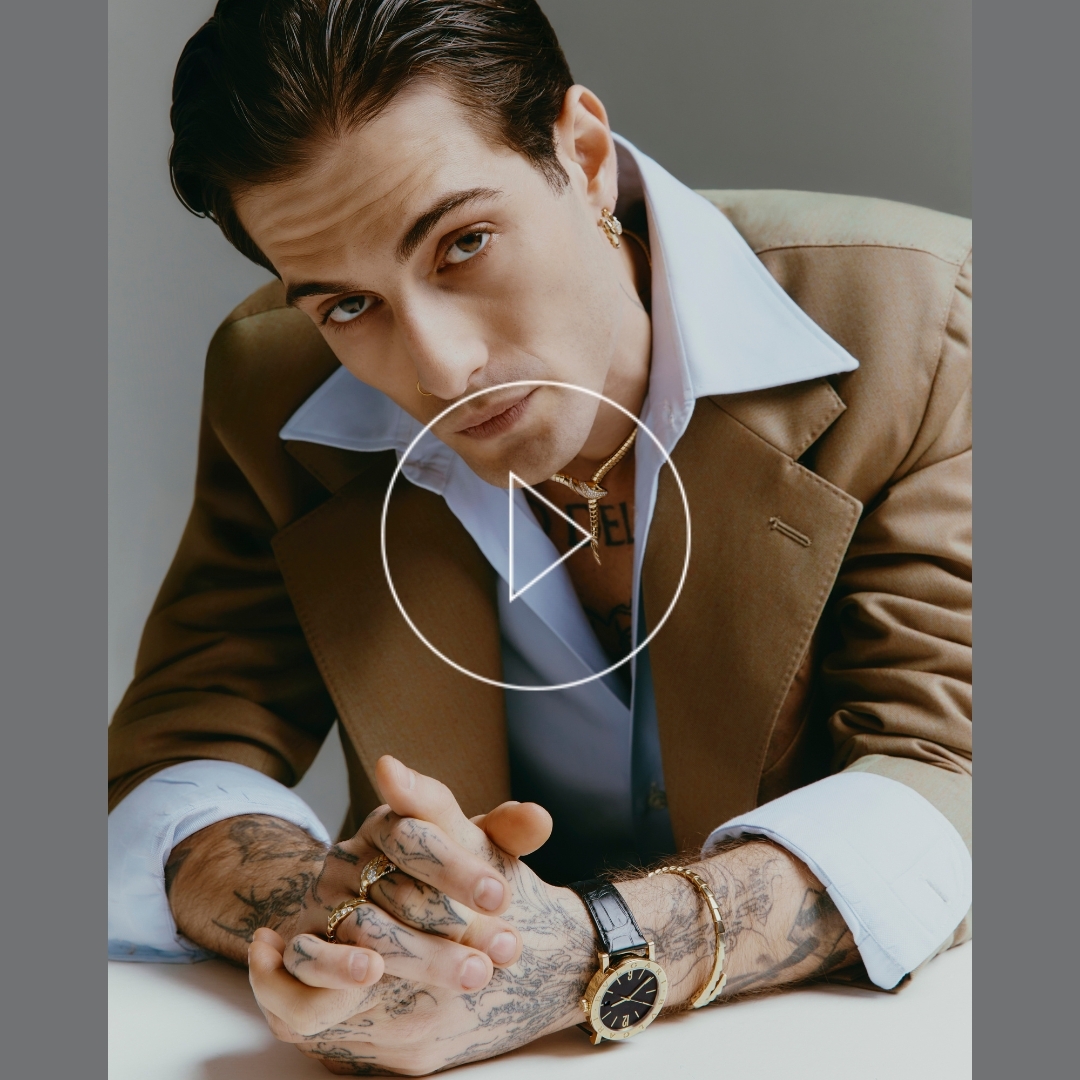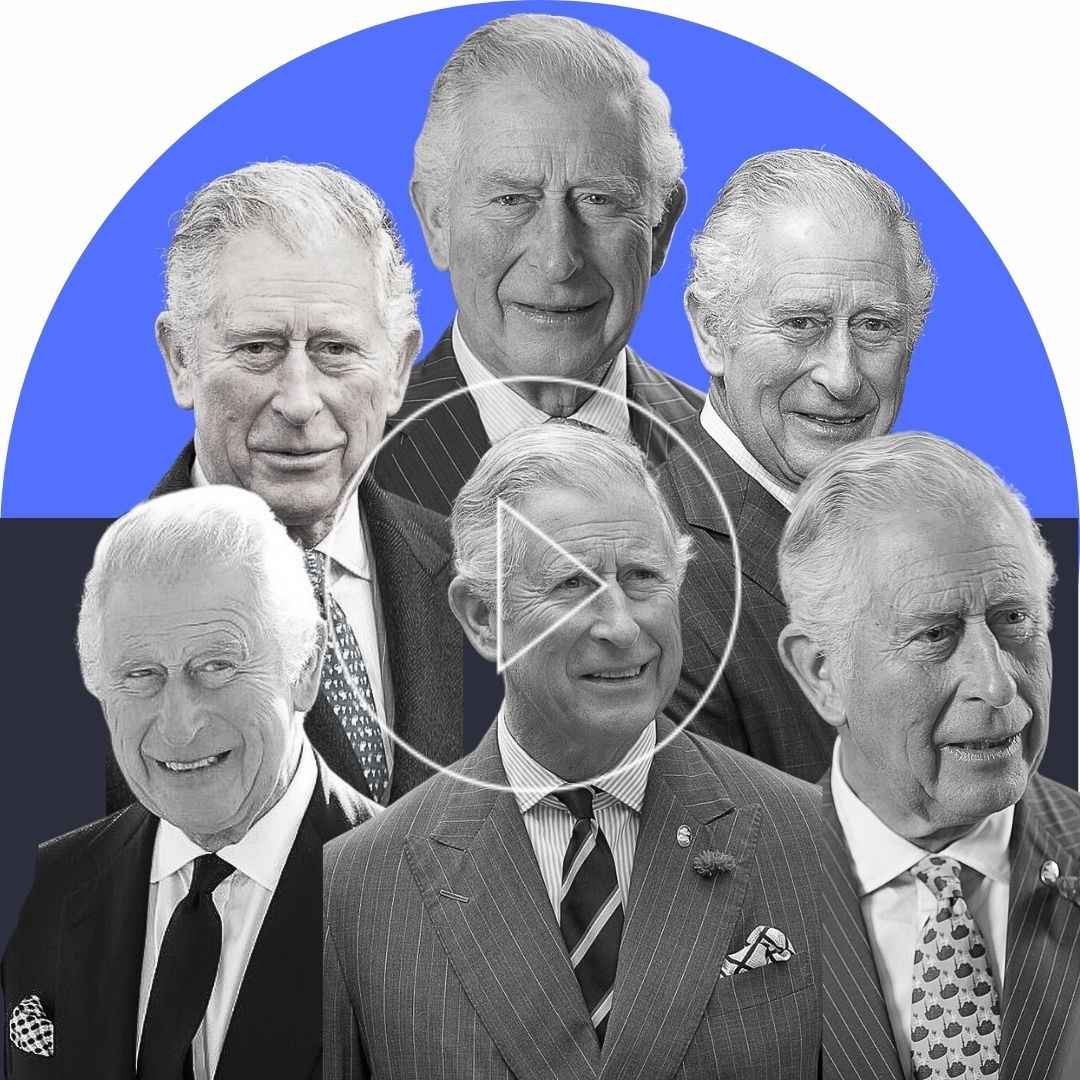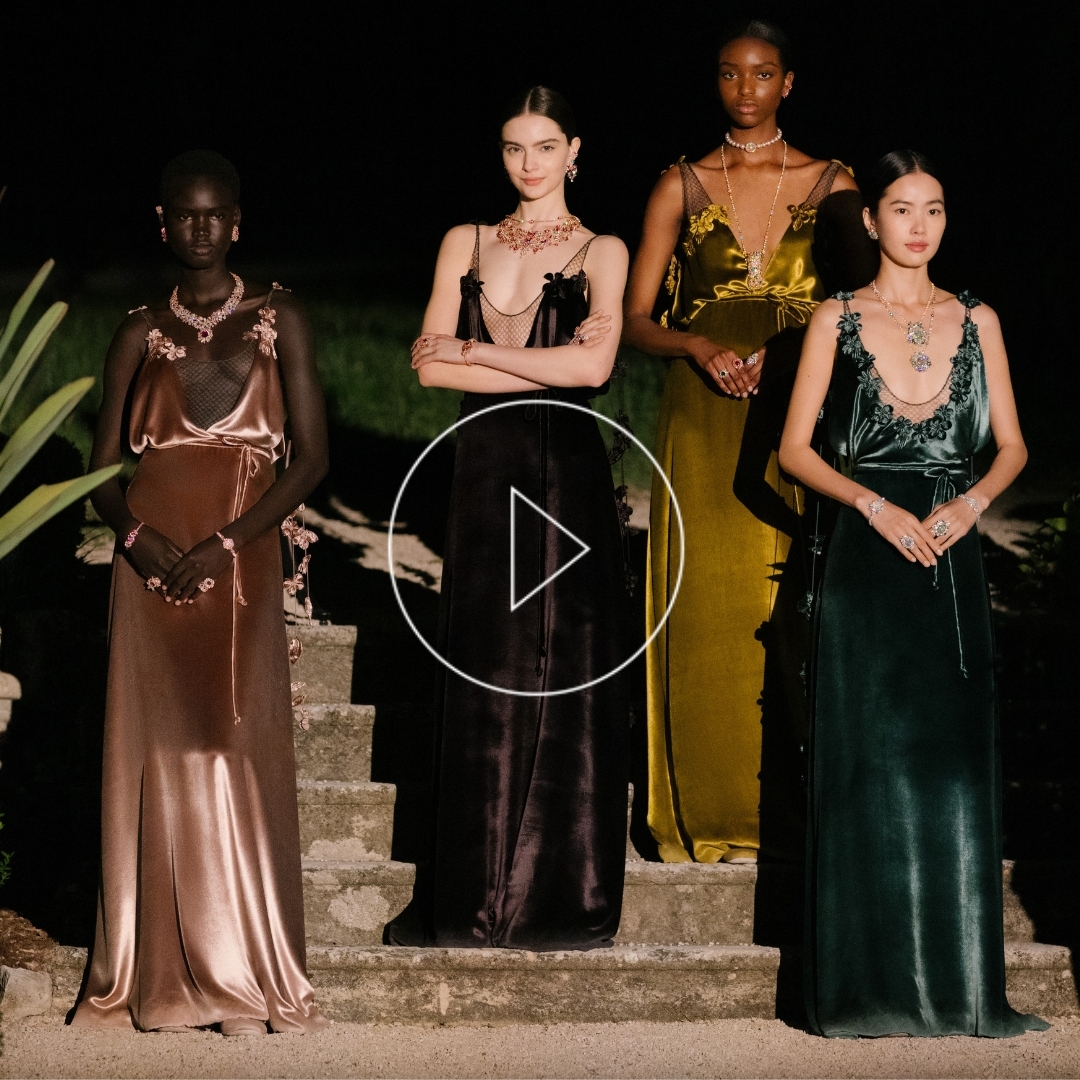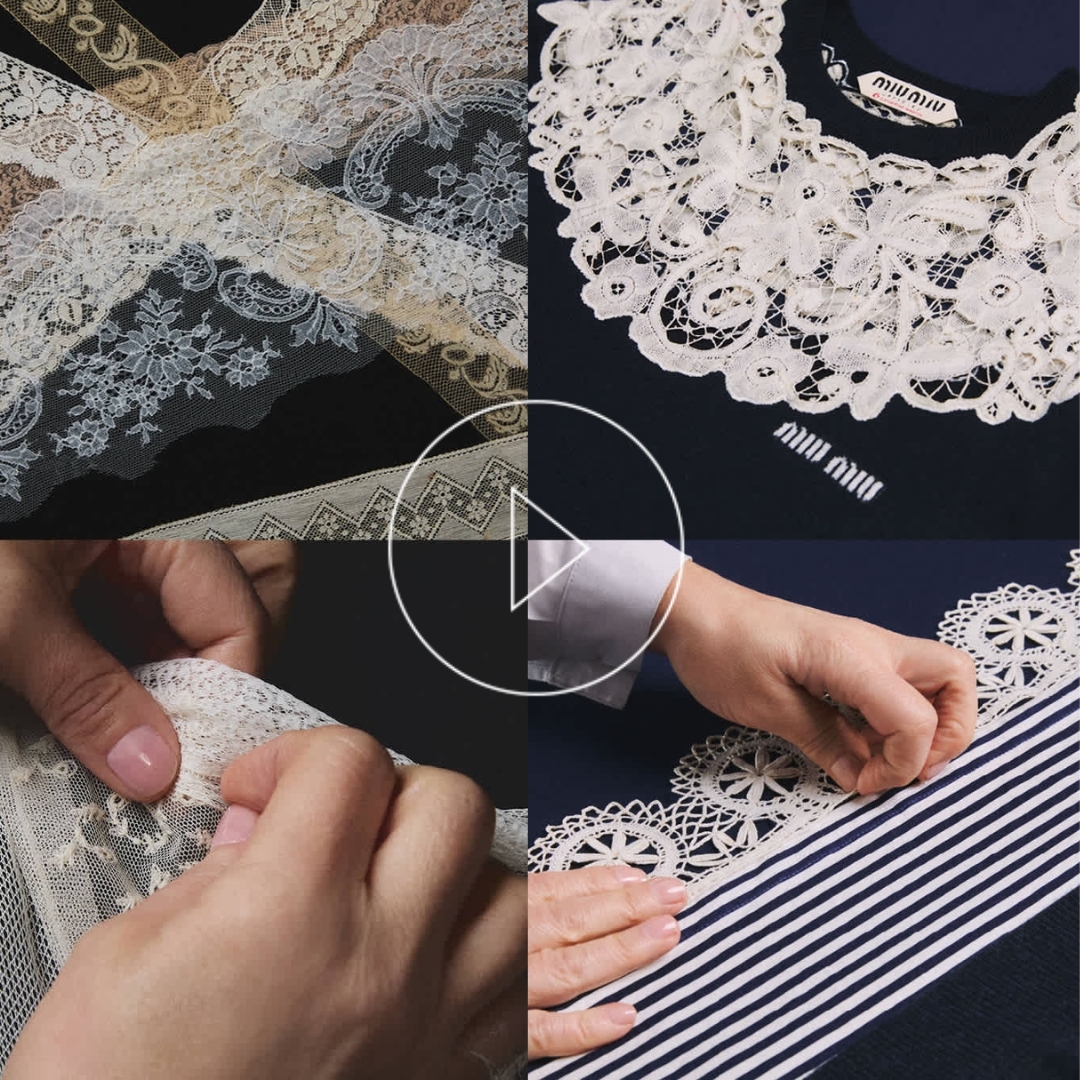The story of smock embroidery: The tops and dresses of the moment new trend.
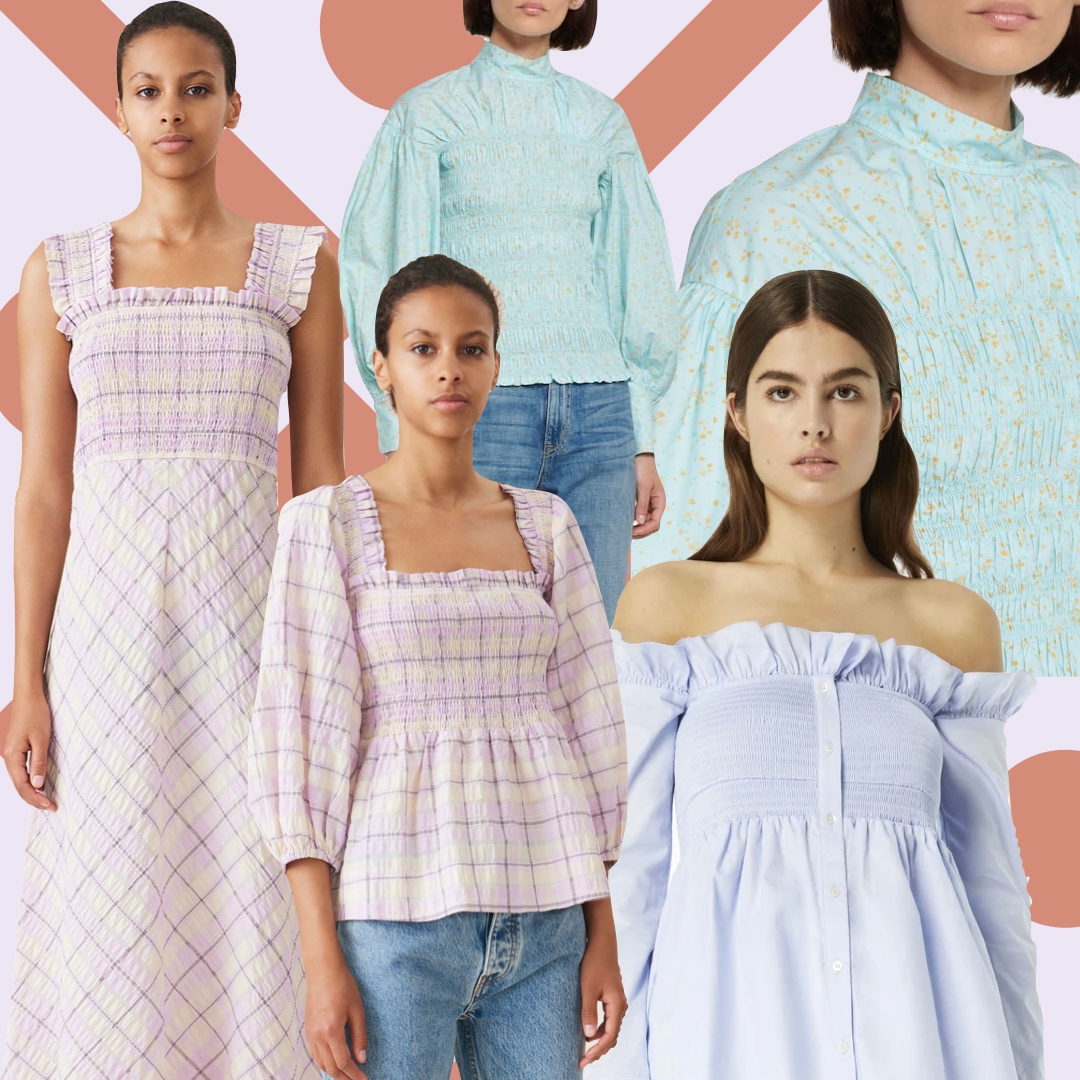
As incredible as it may sound, luxury fashion labels, Pre-Raphaelite painters, Oscar Wilde, the ’70s hippies, the British Royal family, and the milkmen have one thing in common: smock embroidery embellishing dresses and tops.
Certainly, designers like Molly Goddard have revisited the cute smocked dresses we see Princess Charlotte wearing. And there’s been plenty of smock embroidery on the catwalks. High-street labels, in tune with the handcraft and bohemian trends, have also smock dresses and tops in their summer collections.
The beautiful smock embroidery embellishing tops and dresses this season has quite an interesting story that dates back to the Middle Ages. Keep reading to know more about English smocking. And learn how the honeycomb embroidery went from workers and peasants’ clothes to the garments of royal families and Fashion Weeks.
Our editors select independently all products featured on Notorious-mag. However, when you buy through our links, we may get a commission.
Where does smocking come from?
Before elastic, the British developed an embroidery technique to gather fabrics in a way they would stretch. The hand-embroidered smocking had different stitches and patterns. Smock embroidery was used since the Middle Ages in necklines, bodices and cuffs. Rural workers, shepherds and artisans used to wear smock frocks, or smocks, to protect their clothes while working. The loose outer garment was comfortable and practical thanks to the flexible smock embroidery and very common throughout the 18th century in the English countryside and Wales.
From rustic masculine garment to unisex bohemian
Around 1880, working-class men started wearing industrially manufactured trousers and jackets hence abandoning the smock frocks. Meanwhile, the dandy writer Oscar Wilde and other bohemian artists of the 19th century saw the clean design they couldn’t find in bourgeois fashion in the simple smocks of the London milkmen. Additionally, the “Dress Reformers” found in the smocked garments the perfect unisex dresses that would give them freedom of movement. Wide sleeved dresses with honeycomb embroidery became very popular among intellectuals and artists. And soon after, female artists were wearing the smocked dresses in the bohemian Greenwich Village in New York.
From the hippies to luxury fashion
In the ’60s and ’70s, floral smocked dresses and tops were a must for the hippies. Above all, they loved handcrafted garments like crochet, patchwork, and smocking embroidery. And luxury fashion designers like Yves Saint Laurent, Kenzo, and Givenchy were quick to adopt the honeycomb in their collections.
With the comeback of chic bohemian and the growth of sustainable brands and slow fashion, smock embroidery is hotter than ever this summer. One brand that has become famous for its hand-made pieces embellished with embroideries is the Spanish Andion, a family-run company founded in Galicia over 30 years ago. The label’s romantic and nostalgic made-to-order smocked shirts and dresses are a hit worldwide. Consequently, Andion made a capsule collection in collaboration with Selfridges‘ project Earth Reducing Waste.
To know more about slow fashion and living, watch the video about Lagom, the Swedish balanced way of life.
Collage by Notorious Mag, photos courtesy of Victoria Beckham and Ganni.
SHARE

